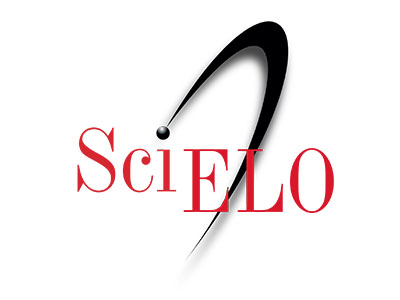Prototype for the treatment of wastewater coming from the cheese industry in Guano, province of Chimborazo
DOI:
https://doi.org/10.37135/unach.ns.001.02.02Keywords:
Waste water, treatment plant, activated sludge, hydraulic retentionAbstract
The most important environmental problem in the cheese industry is the generation of wastewater, due to its volume and the associated pollutant load generated. In order to minimize the environmental impact, it is necessary to purify water coming from the production of cheese. This paper presents the design, construction and start-up of a prototype wastewater treatment plant using the activated sludge method. The design consisted of three stages: characterization of the wastewater treatment plant, study of activated sludge and study of the effect of the organic load on the removal of organic matter. It is a quasi-experimental study based on real data collected from one of the cheese industries in canton Guano, province of Chimborazo, using spot sampling on the wastewater deposit. The prototype is comprised of a homogenizer tank, an aerator tank, and a sedimentation tank. The evaluation of the prototype used different hydraulic retention times of 12, 24, 48 and 72 hours and recirculation of sludge. As a result, a reduction of the Biological Oxygen Demand (BOD) of 21600 mg/L was achieved, reaching a final value of 59 mg/L, with an efficiency of 99.7%. Additionally, a shorter purification time was obtained compared to results presented in related studies.
Downloads
References
- Arora, M., Reichenberger, J. (2015). Turning Sewage into Reusable Water. Bloomington: Archway Publishing.
- Nemerow, N.L. & Dasgupta, A. (1998). Tratamiento de vertidos industriales y peligrosos. Madrid: Ediciones Díaz de Santos.
- Ramalho, R. S. (1983). Introduction to Wastewater Treatment Processes, Second Edition. Barcelona: London Academic Press.
- Rice, E., Baird, R. & Eaton, A. (2017). Standard Methods for the Examination of Water and Wastewater, 23rd Edition. American Public Health Association, American Water Works Association, Water Environment Federation. Washington, D.C.
- Romero, J. (2004). Tratamiento de Agua Residuales, Teoría y Principios de Diseño, 3ra ed. Bogotá: Editorial Escuela Colombiana de Ingeniería.
- Tchobanoglous, G. Burton, F. & Stensel, H.D. (2003). Wastewater Engineering: Treatment and Reuse. New York: Mac Graw Hill.
- arila, J.& Díaz, F. (2008). Tratamiento de aguas residuales mediante lodos activados a escala laboratorio. Revista de Tecnología, 7(2):21-28.







